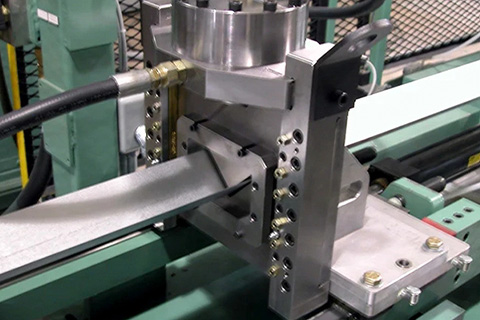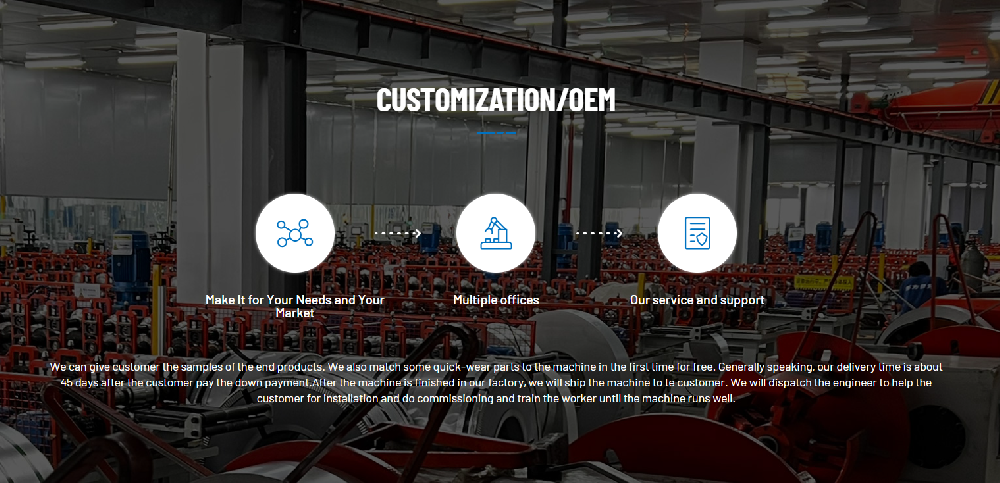Navigation Menu
Contact Us
- Email:
- info@wxavatar.com
- Address:
- Yurong Village, Yuqi Street, Huishan District, Wuxi, China.
Release Date:Aug 15, 2025 Visit:32 Source:Roll Forming Machine Factory
In steel framing production, efficient material handling is crucial to maintaining high throughput and product quality. Automated stacking systems have emerged as a key solution to optimize output by streamlining the stacking and sorting of formed components.

1. Increased Production Speed
Automated stacking systems quickly and accurately organize steel framing sections as they exit the rollforming line. By reducing manual handling, these systems keep the production flow continuous, minimizing bottlenecks and increasing overall output.
2. Consistent Stack Quality
These systems ensure uniform stacking patterns, maintaining component alignment and protecting delicate profiles from damage. Consistent stacking facilitates easier packaging, transport, and on-site handling.
3. Reduced Labor Costs
Automation reduces the need for manual stacking, lowering labor requirements and associated costs. It also decreases the risk of workplace injuries related to repetitive or heavy lifting tasks.
4. Improved Workflow Integration
Automated stackers can be synchronized with other production equipment, creating a seamless workflow from forming to packaging. This integration streamlines operations and enhances manufacturing efficiency.
5. Flexibility for Various Profiles and Sizes
Modern stacking systems are adjustable to handle different profile shapes, lengths, and thicknesses, making them versatile for diverse steel framing products.

Conclusion
Automated stacking systems optimize steel framing production by increasing speed, ensuring consistent stacking quality, reducing labor costs, and enhancing workflow integration. For manufacturers, adopting these systems supports higher productivity and improved operational safety.